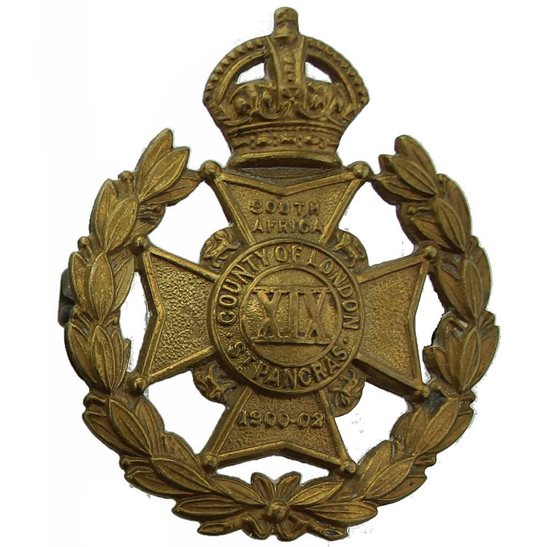Personal Details
Born: In 1892 in St. Martin’s, near Oswestry, Shropshire and baptised on 26 December at St. Martin’s Parish Church.
Family: He was the second of nine children born to Thomas Higgins, a farmer and milk seller, and his wife Alice Louisa, nee Faulkner. He married Annie Amelia Coombs in 1925 in Victoria, Australia. We are unable to determine if there were any children for the marriage.
Residence: In 1901 he was living with his parents and siblings at Moreton Wood Farm, Prees, Shropshire. By 1911 they had moved to Brook House, Grindley Brook, Whitchurch, Shropshire, the address to which he was discharged 1919. In 1920 he lived in Birkenhead, Cheshire. Between 1920 and 1924 John emigrated to Australia. He lived at a number of addresses in that country: Carrum Downs, Flinders, Victoria in 1924, Woodbine Grove, Flinders, Victoria in 1931, Sherwood Avenue, Chelsea, Melbourne in 1934, 1 Bondi Road, Flinders, Victoria in 1949.
Employment: In 1911 he was an agricultural labourer, helping on his father’s farm. He continued to be a labourer after emigrating to Australia until his death.
Died: 10 April 1953 in Edithvale, Victoria, Australia, aged 60.
Military Details
Regiment: London Regiment (previously Cheshire Regiment)
Rank: Private
Service Number: 495083 (previously W/179)
Date of Enlistment: 4 September 1914
Date of Discharge: 19 March 1919
Reason for Discharge: Not known
Other Information: John’s brother, Thomas Albert Higgins, also served in WW1.
John was awarded the Campaign Medals (1915 Star, British War Medal, and Victory Medal).

The 1914 Star (also known as 'Pip') was authorised under Special Army Order no. 350 in November 1917 and by an Admiralty Fleet Order in 1918, for award to officers and men of the British and Indian Expeditionary Forces who served in France or Belgium between 5 August and midnight of 22–23 November 1914. The former date is the day after Britain's declaration of war against the Central Powers, and the closing date marks the end of the First Battle of Ypres.
The 1914–15 Star (also known as 'Pip') was instituted in December 1918 and was awarded to officers and men of British and Imperial forces who served against the Central European Powers in any theatre of the Great War between 5 August 1914 and 31 December 1915. The period of eligibility was prior to the introduction of the Military Service Act 1916, which instituted conscription in Britain.
The British War Medal (also known as 'Squeak') was a silver or bronze medal awarded to officers and men of the British and Imperial Forces who either entered a theatre of war or entered service overseas between 5th August 1914 and 11th November 1918 inclusive. This was later extended to services in Russia, Siberia and some other areas in 1919 and 1920. Approximately 6.5 million British War Medals were issued. Approximately 6.4 million of these were the silver versions of this medal. Around 110,000 of a bronze version were issued mainly to Chinese, Maltese and Indian Labour Corps. The front (obv or obverse) of the medal depicts the head of George V. The recipient's service number, rank, name and unit was impressed on the rim.
The Allied Victory Medal (also known as 'Wilfred') was issued by each of the allies. It was decided that each of the allies should each issue their own bronze victory medal with a similar design, similar equivalent wording and identical ribbon. The British medal was designed by W. McMillan. The front depicts a winged classical figure representing victory. Approximately 5.7 million victory medals were issued. Interestingly, eligibility for this medal was more restrictive and not everyone who received the British War Medal ('Squeak') also received the Victory Medal ('Wilfred'). However, in general, all recipients of 'Wilfred' also received 'Squeak' and all recipients of The 1914 Star or The 1914/1915 Star (also known as 'Pip') also received both 'Squeak' and 'Wilfred'. The recipient's service number, rank, name and unit was impressed on the rim.

